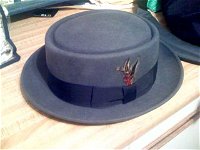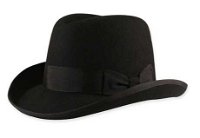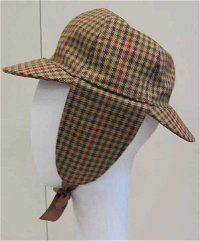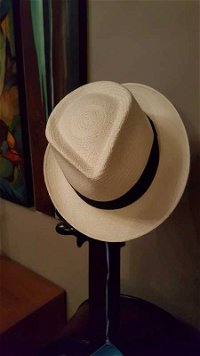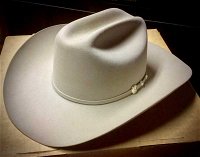
A Tip of the Hat Trivia Quiz
Think you know your hats? You probably do, even if you think you don't. After all, everything you need to know for this quiz you can get off the top of your head! Just match the hat name to the photo.
by reedy.
Estimated time: 3 mins.



